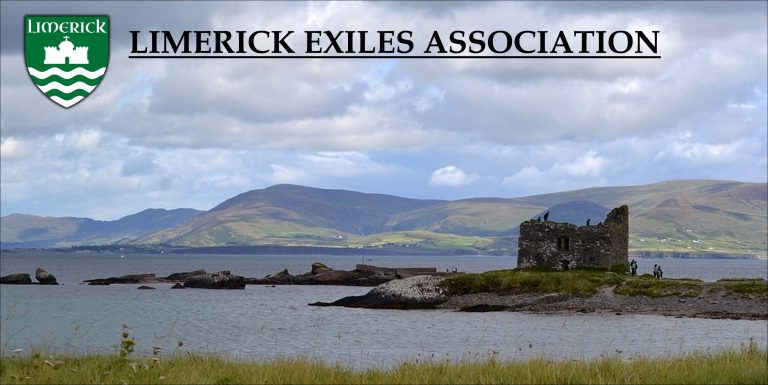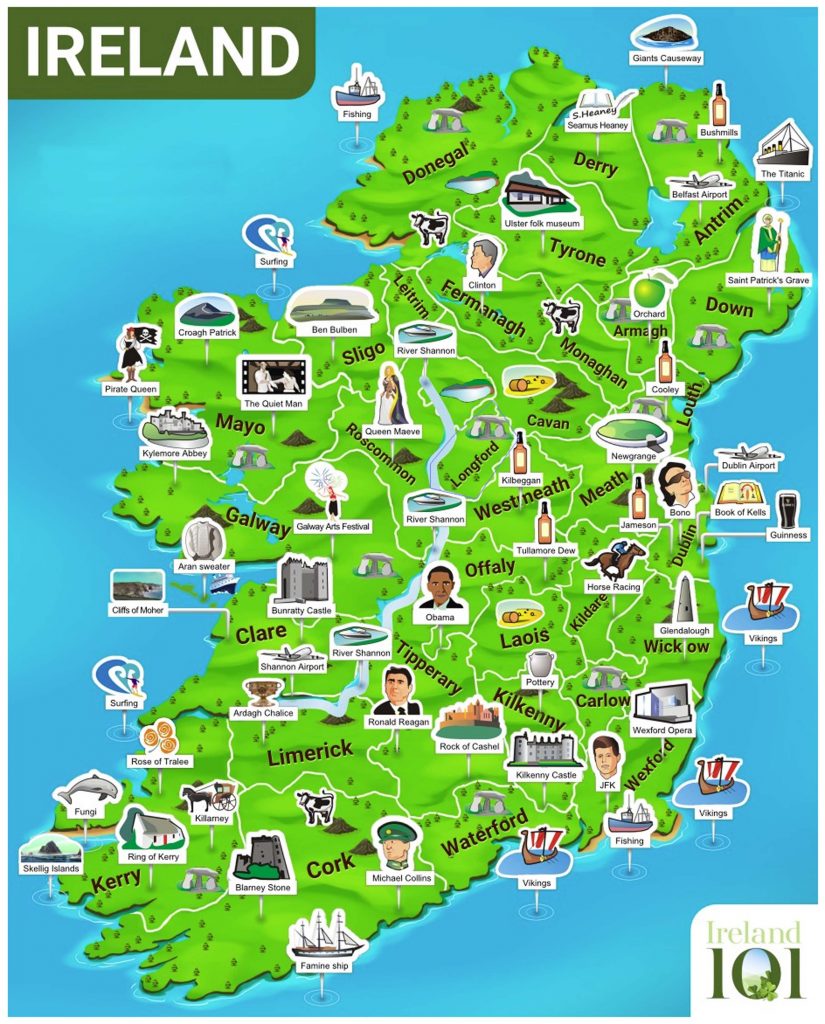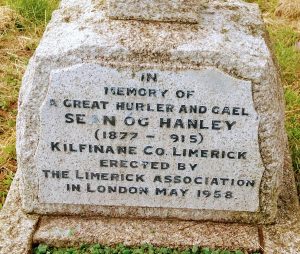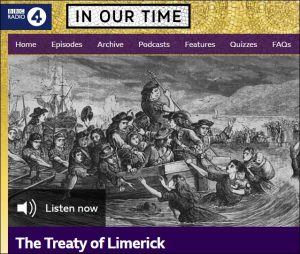COUNTY LIMERICK

County Limerick (Irish: Contae Luimnigh) is a county in Ireland. It is located in the province of Munster, and is also part of the Mid-West Region. It is named after the city of Limerick. Limerick borders four other counties: Kerry to the west, Clare to the north, Tipperary to the east and Cork to the south. It is the fifth largest of Munster’s six counties in size, and the second largest by population. The River Shannon flows through the city of Limerick into the Atlantic Ocean at the north of the county. Below the city, the waterway is known as the Shannon Estuary. Because the estuary is shallow, the county’s most important port is several kilometres west of the city, at Foynes. Limerick City is the county town and is also Ireland’s third largest city. It also serves as a regional centre for the greater Mid-West Region. Newcastle West, Kilmallock & Abbeyfeale are other important towns in the county.
IRELAND 101 - COUNTY LIMERICK
Ireland 101 is a wonderful resource to discover the wonders of County Limerick.

IN TRIBUTE AND LOVING MEMORY OF SEAN OG HANLEY
It was a great pleasure and honour to visit Kensal Green cemetery today. In the company of Limerick Exiles Association’s Con Dee, we set about cleaning the grave of Sean Og Hanley. Sean Og won all Ireland hurling medals with both Limerick and London. Sean Og sadly passed away in 1915. He was a native of Kilfinane.
With water, detergent, a wire brush and a great deal of elbow grease, the headstone was transformed. The marble chippings were removed, washed and returned to the grave, shiny bright green in colour. A sign writer will freshen up the lettering very soon. And a commemoration service will be organised. We will be posting details here shortly.
Sean Og is long gone, but his achievements will never be forgotten by some members of the Limerick and GAA community in London.
Ar dheas Dé go raibh a anam a Seán Óg.


THE TREATY OF LIMERICK
Melvyn Bragg and guests discuss the 1691 peace treaty that ended the Williamite War in Ireland, between supporters of the deposed King James II and the forces of William III and his allies. It followed the battles at Aughrim and the Boyne and sieges at Limerick, and led to the disbanding of the Jacobite army in Ireland, with troops free to follow James to France for his Irish Brigade. The Catholic landed gentry were guaranteed rights on condition of swearing loyalty to William and Mary yet, while some Protestants thought the terms too lenient, it was said the victors broke those terms before the ink was dry.
